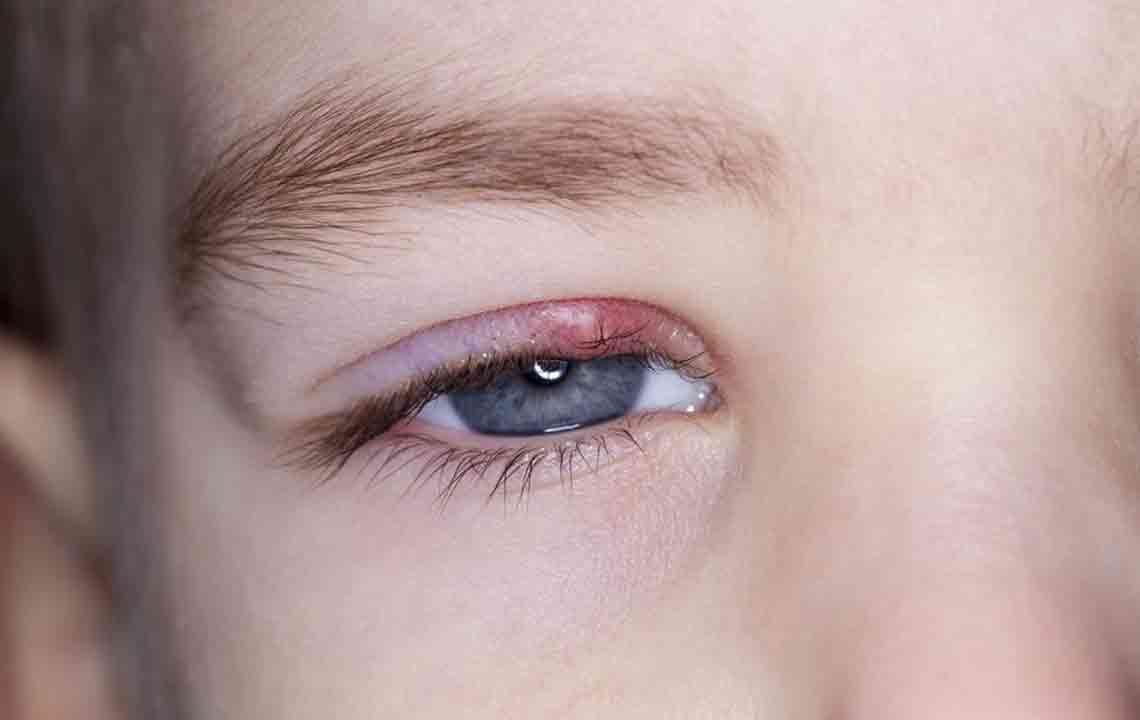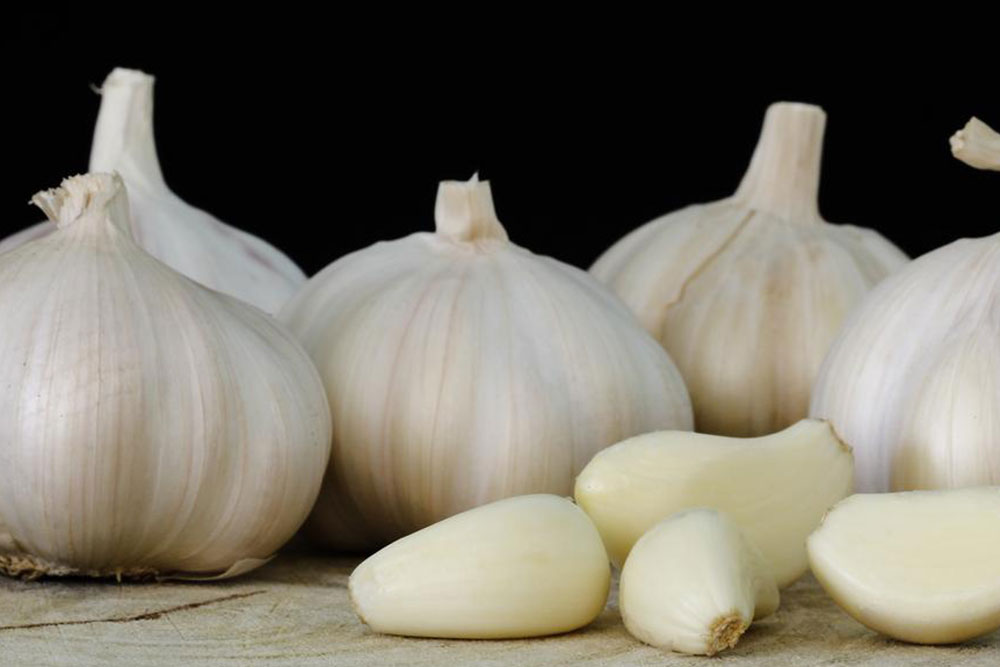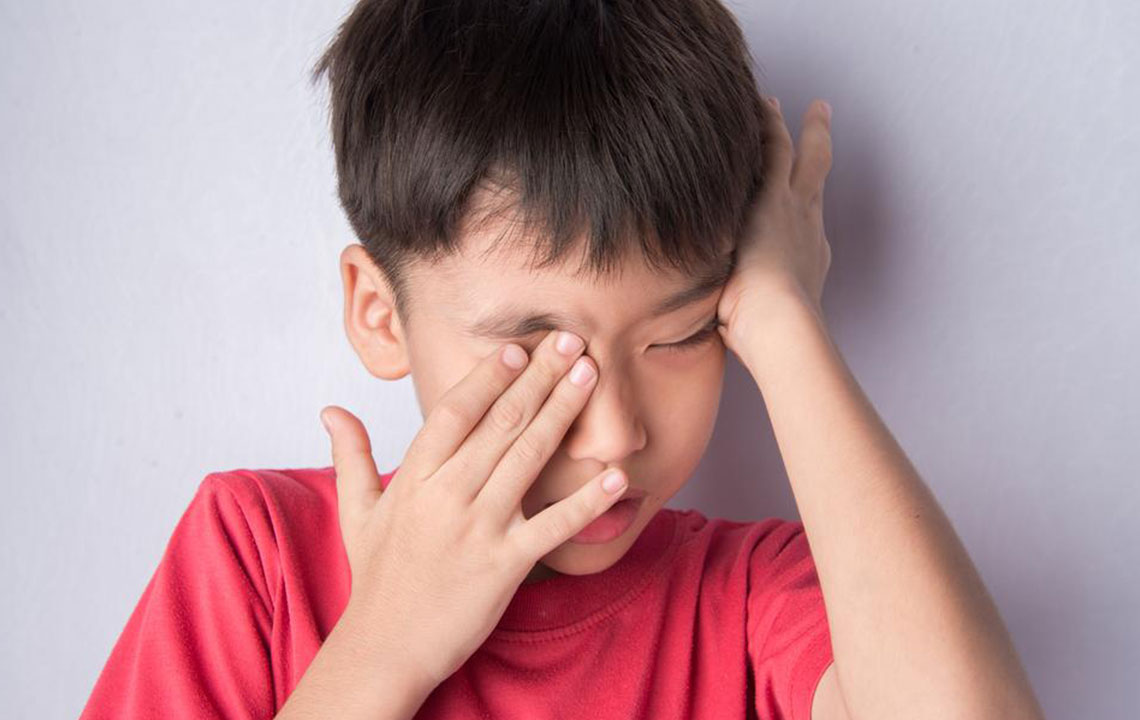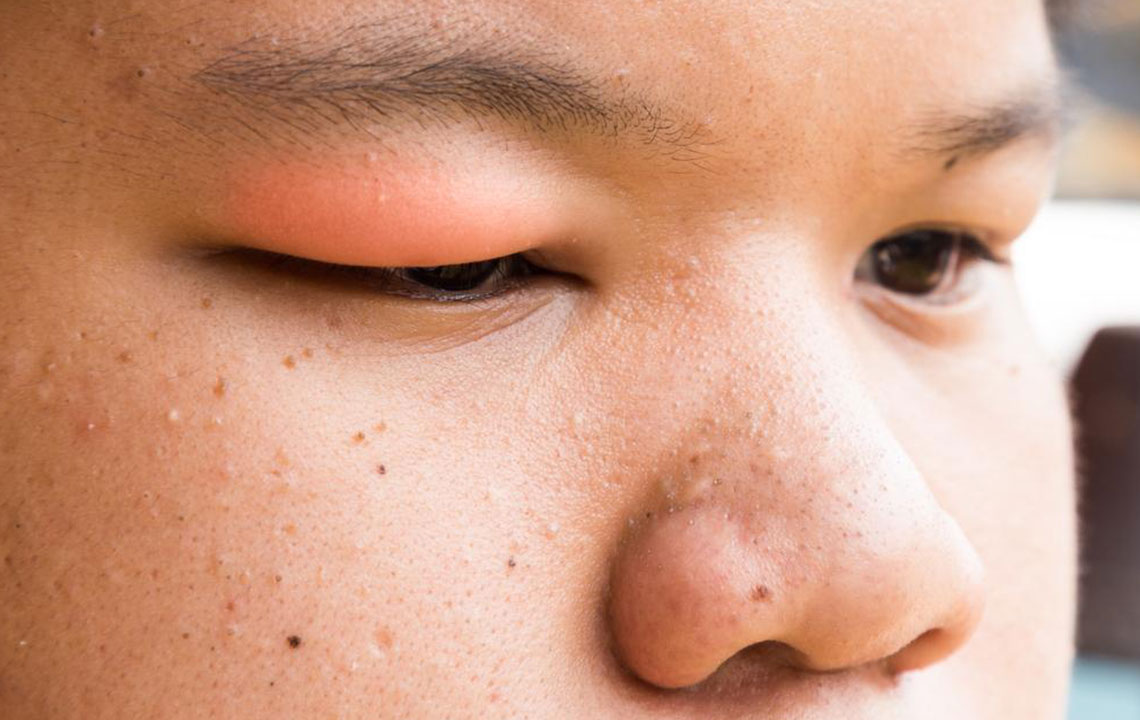Comprehensive Guide to Effectively Treat and Eliminate Chalazion
Discover comprehensive strategies to treat and eliminate chalazion effectively. This detailed guide covers symptoms, home remedies like warm compresses and eyelid massage, when to seek medical help, medication options, and surgical procedures. Early intervention is vital to prevent recurrence and complications. Learn how to manage chalazion proactively to restore eyelid health and comfort with expert tips and advice.
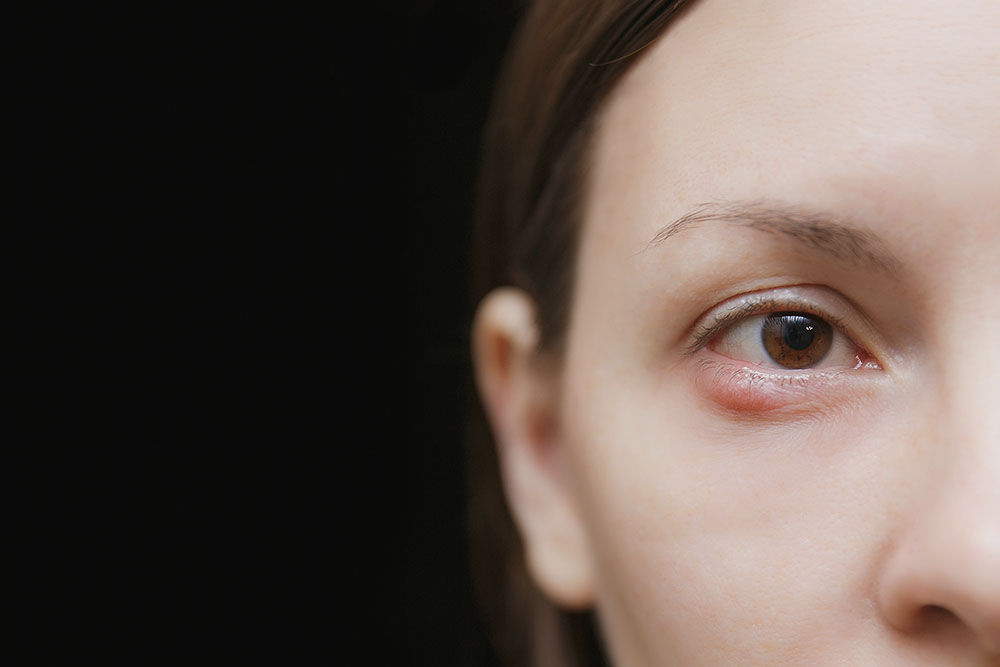
Comprehensive Strategies for Treating and Eliminating Chalazion
A chalazion is a small, non-painful lump that develops on the eyelid caused by the blockage of the meibomian glands, which are essential oil-producing glands located within the eyelids. When these glands become obstructed, the surrounding tissue responds with swelling and inflammation, resulting in a lump that can vary in size and location. Although chalazion is generally not a serious eye condition, it can be quite bothersome, often leading to discomfort and aesthetic concerns. Moreover, if left untreated, these bumps have the potential to recur or enlarge, making effective management crucial. Many individuals seek medical advice and treatment options to resolve chalazion promptly and prevent complications.
Identifying Chalazion Symptoms:
Noticeable swelling or lump formation on the eyelid, which might be singular or multiple
Swelling that may extend around the eye area or eyelid margin
Discomfort, tenderness, or a sensation of heaviness behind the eyelid
Warmth and increased pressure which can cause discomfort
Itching or irritation around the affected area, sometimes with mild pus discharge
Effective Treatment Methods for Chalazion:
Applying Therapeutic Heat:
Warm compresses are the cornerstone of at-home chalazion treatment. Applying gentle heat helps to soften the hardened oil within the blocked gland, promoting natural drainage. To do this, immerse a clean, soft cloth or a heat pack in warm water, then wring out excess moisture. Place the warm compress gently over the eyelid for 10-15 minutes, repeating 3-4 times daily. If using a heat pack, ensure it is not too hot to prevent burns. Wrapping the pack in a clean cloth enhances safety. Consistent warm compress application can significantly reduce swelling and encourage the gland to drain on its own, often leading to resolution without further intervention.
Gentle Eyelid Massage:
Follow the warm compress with gentle massage to facilitate the spontaneous drainage of the clogged meibomian gland. Using clean fingers or a sterile applicator, gently massage the eyelid top-to-bottom or bottom-to-top, depending on the location of the chalazion. The goal is to apply light pressure to mobilize the accumulated oil and encourage it to leave the gland. Regular massage not only speeds up healing but can also prevent recurrence by maintaining healthy gland function. If discomfort occurs during massage, stop and consult a healthcare professional. Over-the-counter pain relievers like paracetamol can reduce any associated discomfort, making the process more tolerable.
Medical Consultation and Pharmacological Support:
While home treatments are effective for most cases, persistent or worsening chalazion may require medical intervention. If signs of infection appear—such as increasing redness, pus, or systemic symptoms like fever—prompt medical evaluation is necessary. Healthcare providers may prescribe topical or oral antibiotics if infection is confirmed or suspected. They might also recommend anti-inflammatory medications to reduce swelling and discomfort. Remember, combining heat application and massage with appropriate medications enhances the overall effectiveness of treatment. It’s important to follow medical guidance to prevent complications or recurrence.
Special Considerations for Pediatric Patients:
In children, chalazion treatment requires prompt and careful attention. Due to the anatomical differences in pediatric eyelids, infections can spread more rapidly into deeper tissues, increasing the risk of serious complications such as cellulitis or abscess formation. Early evaluation by an ophthalmologist or healthcare provider is essential. Gentle warm compresses and eyelid hygiene are typically first-line approaches, but in some cases, surgical intervention may be necessary if the chalazion persists or enlarges despite conservative measures. Ensuring children's comfort and prompt management can significantly reduce the risk of long-term issues.
Surgical Intervention:
In instances where chalazion is large, persistent, painful, or unresponsive to conservative treatment, surgical removal might be recommended. The procedure is typically performed under local anesthesia, ensuring minimal discomfort. During surgery, a tiny incision is made on the surface of the eyelid, allowing the surgeon to extract the contents of the blocked meibomian gland. The process is quick, usually completed within minutes, and is generally well-tolerated. Postoperative recovery includes mild swelling, bruising, and discomfort, but most individuals resume normal activities within a few days. Proper postoperative care, including eyelid hygiene and sometimes antibiotic drops, helps prevent recurrence and ensure optimal healing.
Summary:
Although chalazion can sometimes leave behind a small scar or bump, early and appropriate treatment is effective in preventing complications. Conservative methods such as warm compresses, eyelid massage, and medication are the first line of defense. Surgical options are reserved for stubborn or painful cases and generally yield good outcomes. Consistency and prompt action are key to managing chalazion effectively, leading to relief from symptoms and preservation of eyelid health.
